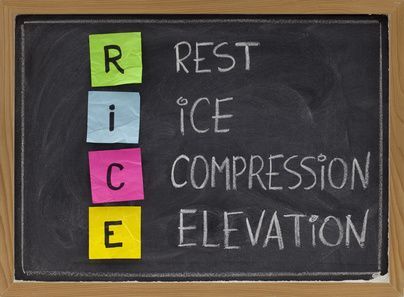
A physical therapist can design an exercise programto help seniors deal with some of the consequences associated with aging, including:
1.
Increased risk of falls
– Falls often occur due to a decrease in the body’s ability to maintain balance, posture, and equilibrium. A physical therapist can design an exercise program that focuses on improving muscle tone, strength, joint movement, and balance. This can help prevent serious injuries like broken bones, allowing seniors to remain active and healthy.
2.
Arthritis Pain and Discomfort
– Joint wear and tear can lead to osteoarthritis, which causes joint pain and swelling, restricting movement. Physical therapy offers a range of treatment options, including hot and cold therapies, massages, and range-of-motion exercises. Splints and custom-made orthotic devices can also provide relief.
3.
Stroke Incidence
– A stroke can drastically affect the quality of life, impacting mobility, speech, memory, and vision. An exercise program aimed at improving mobility and independence is crucial for both stroke prevention and recovery.
4.
Onset of Alzheimer’s disease
– This is an irreversible condition that can be associated with old age. It gets progressively worse once it starts. Physical therapists can help maintain the patient’s quality of life by providing exercises to maintain strength and mobility.
5.
Osteoporosis
– This condition is characterized by thinning bones that become fragile and prone to fractures. Physical therapy often includes weight-bearing exercises designed to increase bone density and improve muscle strength, which are essential for prevention.
6. Urinary incontinence
– This common but often embarrassing issue can accompany aging. Physical therapists can provide bladder training exercises that help treat this condition.
 The human body undergoes various changes as people age. A decrease in muscle mass and bone density can result in muscle fatigue and joint pain. It’s common for seniors to feel a sense of fear and apprehension before exercising.
The human body undergoes various changes as people age. A decrease in muscle mass and bone density can result in muscle fatigue and joint pain. It’s common for seniors to feel a sense of fear and apprehension before exercising.

 Aging is an inevitable process that everyone experiences. However, each person can plan ahead and maintain their strength and mobility to age gracefully. The best way to stay active and healthy is to challenge your bones, joints, and muscles in a controlled and progressive manner. That’s why physical therapy is essential for individuals of all ages, especially seniors.
Aging is an inevitable process that everyone experiences. However, each person can plan ahead and maintain their strength and mobility to age gracefully. The best way to stay active and healthy is to challenge your bones, joints, and muscles in a controlled and progressive manner. That’s why physical therapy is essential for individuals of all ages, especially seniors.








